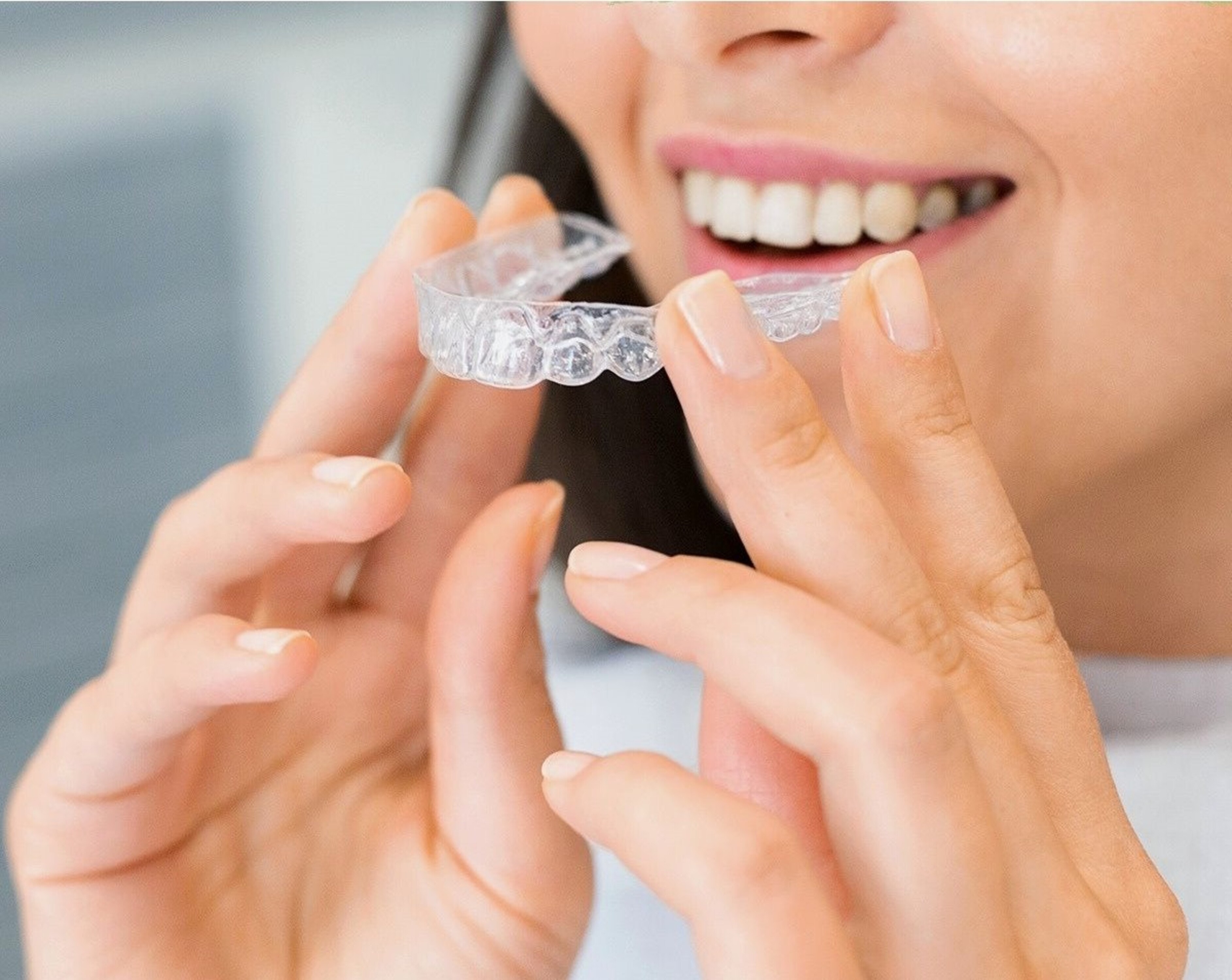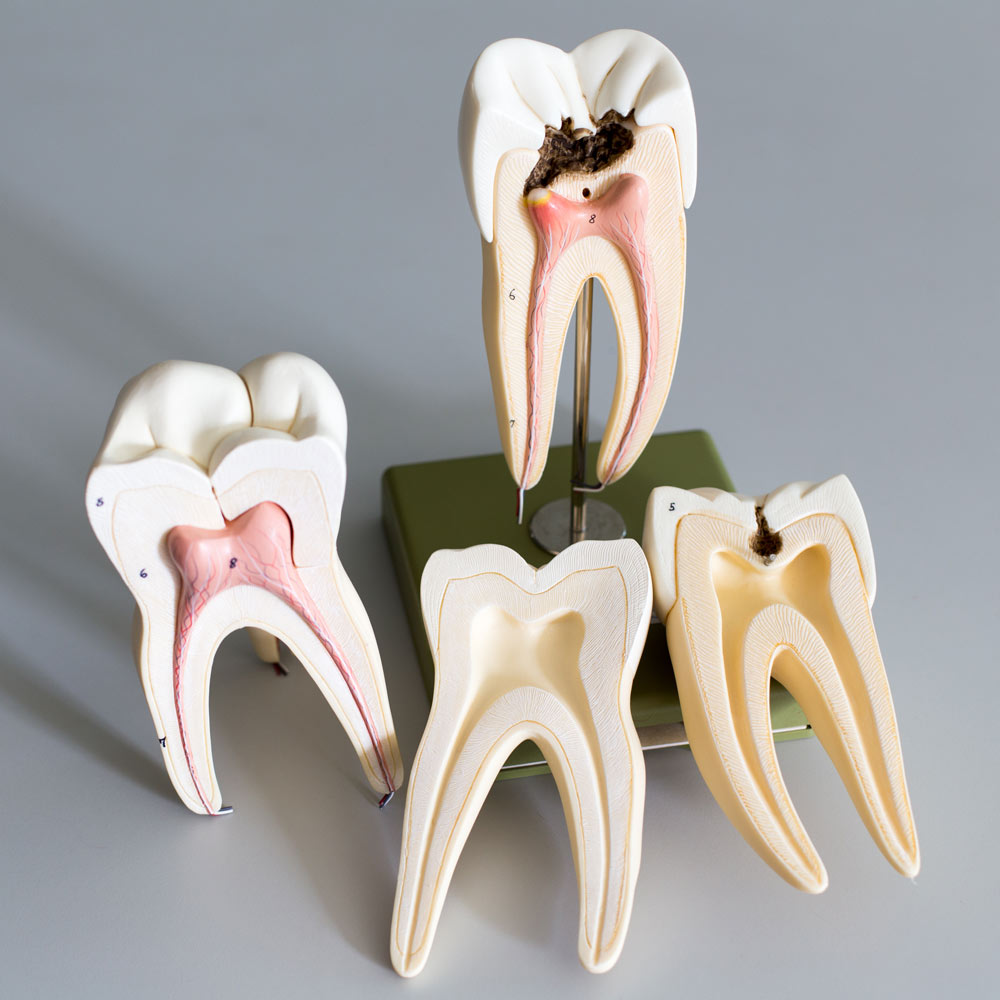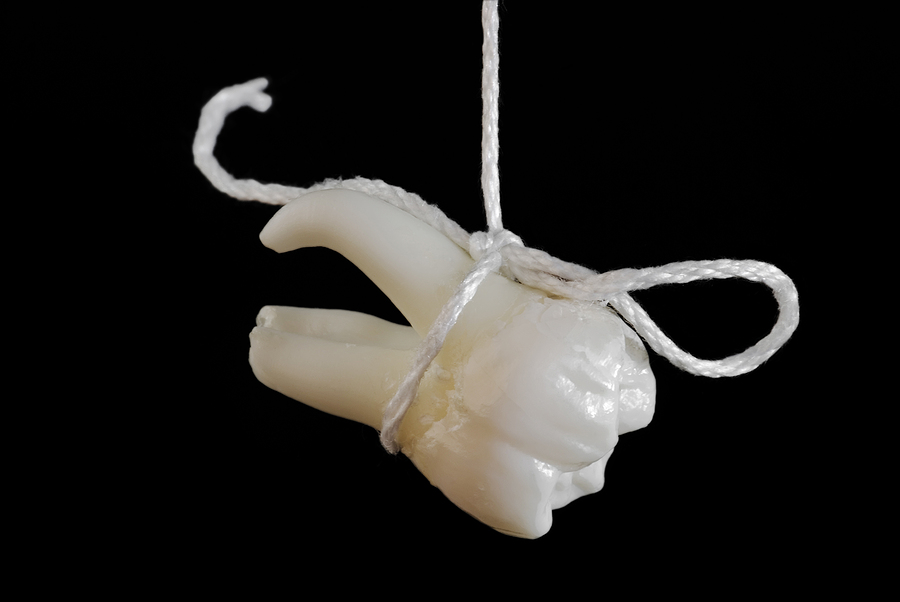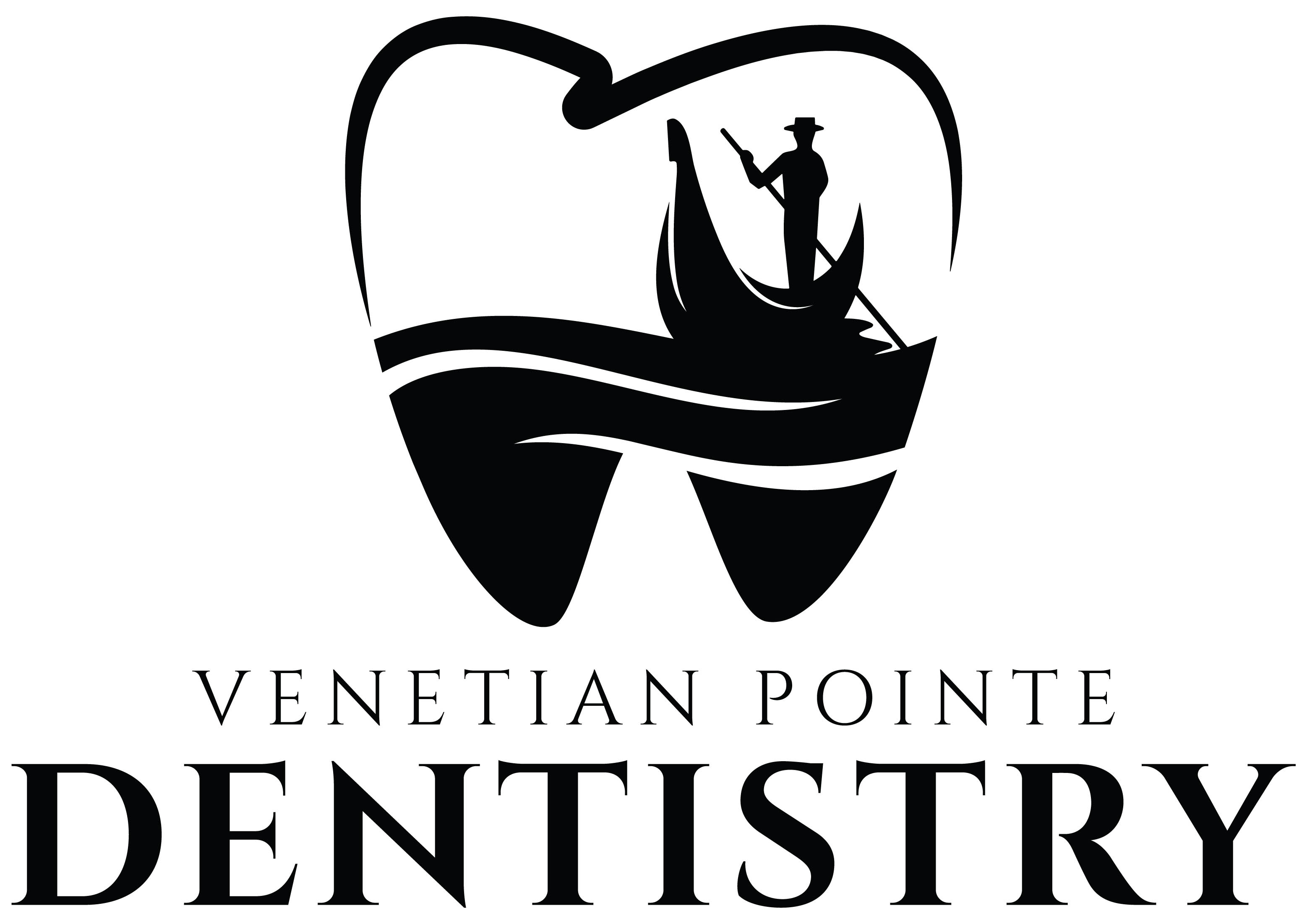
Emergency Dentistry
A dental emergency is any situation that requires immediate care to save a tooth, stop bleeding, or alleviate pain. Dental emergencies can include traumatic injuries from sports, falls, car accidents, and more. Sometimes a toothache can indicate a larger problem, such as infection and decay. If you’...
Read More
Botox
Botox is a clinical procedure that temporarily improves the appearance of frown lines, forehead creases, crow’s feet near the outer corners of the eyes, neck bands, lip lines, and wrinkles around the sides of the mouth. At Venetian Pointe Dentistry, it is a safe and effective treatment for temporari...
Read More
Invisalign
Invisalign is an orthodontic treatment that uses clear, removable aligners to move your teeth over time gradually. Traditional metal braces use brackets and wires to shift teeth into place. Aligners for Invisalign are made of smooth, BPA-free plastic that won’t irritate your mouth like metal can. At...
Read More
Root Canals
At Venetian Pointe Dentistry, a root canal is used to treat an infection in a tooth's pulp. The pulp is the tooth's innermost layer and contains sensitive nerves and blood vessels. When the pulp becomes infected or damaged due to tooth decay, trauma, or other factors, it can cause severe pain and po...
Read More
Extractions
When a tooth is damaged beyond repair, the damaged tooth needs to be removed. A severely damaged tooth can cause other teeth to shift and affect your oral health. Removing wisdom teeth can prevent painful complications such as infections from developing in the gums. Teeth that need to be removed can...
Read More
Sleep Apnea Treatment
Sleep apnea is a sleep disorder that causes the breathing airways to become blocked or obstructed. When this occurs, it causes oxygen to flow to the bloodstream slower than normal. This causes the brain to tell the body to wake up and reopen the breathing passage to the lungs. This can happen multip...
Read More














